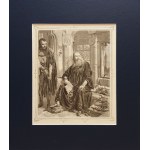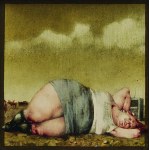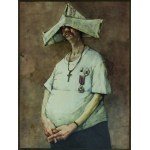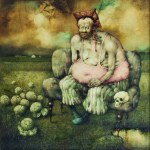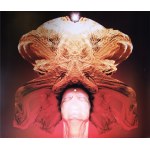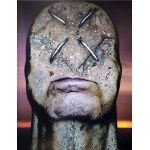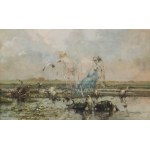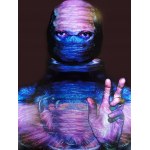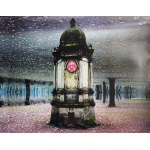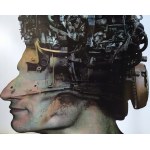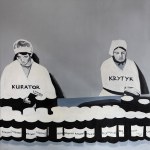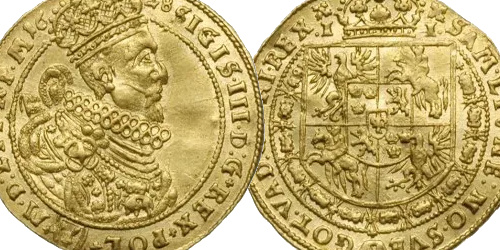19.0 x 12.0cm - pencil, paper ARCHITECTONIC SHAPES COORDINATED:
BASHTA
pencil, paper, 19.2 × 11.9 cm
signature p.d.: JM
GOTHIC WINDOW
pencil, paper, 19.3 × 12 cm;
Signed p.d.: JM
On the reverse (in pencil): V Dzieji cywilizacyi w Polsce [...] | [...] window u [...].
On the back of the common binding, on old security paper, dedication (in ink): On the Nameday of the Gracious and Dear Lady | to the wishes we enclose two cards from the sketchbook | Jan Matejko | sincerely devoted | E. Łepkowski | Bydgoszcz 13.XI.1938 -.
Provenance:
Collection of Edward Łepkowski, an expert on Matejko's work and curator of the Jan Matejko House in Kraków.
Jan Matejko (Krakow 1838 - Krakow 1893) - the most prominent Polish historical painter; he began his painting studies under W. Łuszczkiewicz and W. K. Stattler at the School of Fine Arts in Krakow (1852-1858). He then studied at the Munich Academy under H. Anschütz (1859) and for two months at the Vienna Academy under C. Ruben (1860). After his studies he lived and worked in Cracow. In 1873 he took over as director of the School of Fine Arts there, holding this position until his death. He traveled extensively - he made numerous trips to Paris (in 1865-1880), Vienna (1866-1888), in 1872 he was in Constantinople, and a year later in Prague and Budapest, he also visited Italy (1878-1879 and 1883). He was a member of numerous academies and art societies, including the Académie des Beaux-Arts (1873) and the French Institute (1874) in Paris, the Berlin Academy of Art (1874), the Raphael Academy in Urbino (1878) and the Künstlersgenossenschaft in Vienna (1888). He became a member of the Scientific Society of Cracow in 1864, and received an honorary doctorate of philosophy from Jagiellonian University in 1887. He was the creator of great and well-known canvases, including the Sermon of Skarga, Rejtan, the Union of Lublin, Batory at Pskov, the Battle of Grunwald, the Prussian Homage and Kosciuszko at Raclawice. He also painted portraits and, less frequently, religious or genre scenes. Drawing played an important role in his work - the artist produced, among other things, the album Ubiory w Polsce od 1200 do 1795 and the drawing series Poczet królów i książąt polskich. In 1889-1891, together with a team of students, he worked on the polychrome of St. Mary's Church in Cracow. The painter's family home, on Florianska Street in Krakow, has housed a museum dedicated to him since 1898 - the Matejko House (a branch of the MNK).
Recently viewed
Please log in to see lots list
Favourites
Please log in to see lots list



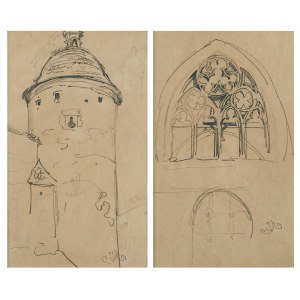

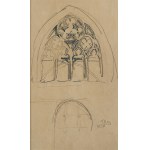
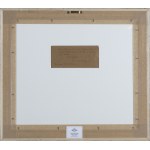








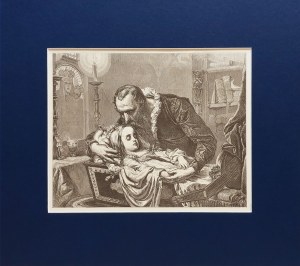
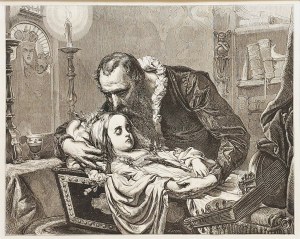
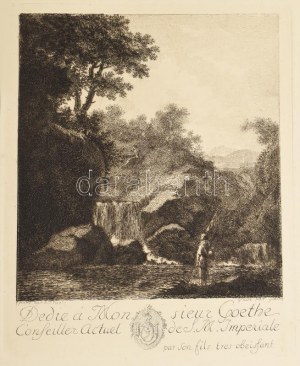
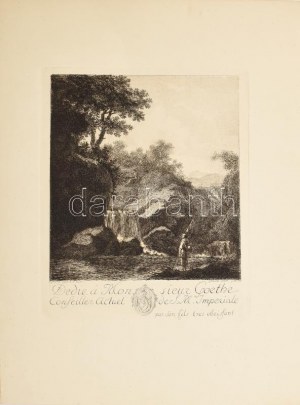
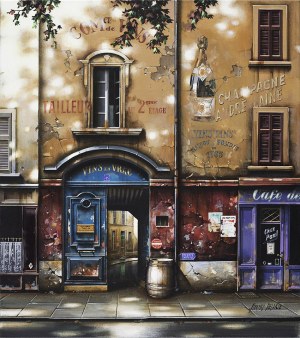
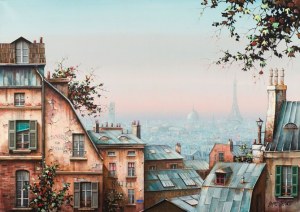
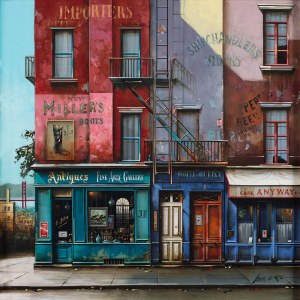
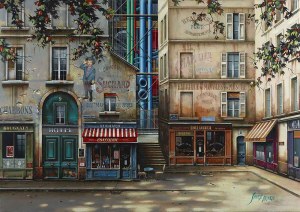
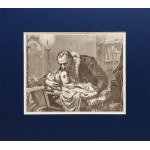
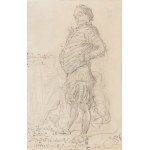
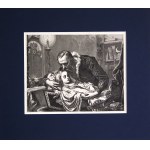
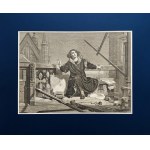
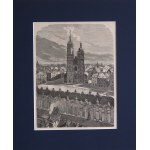
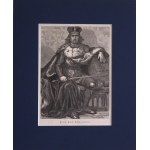
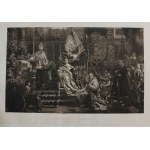
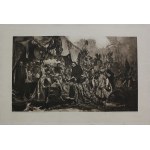
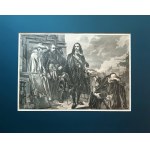
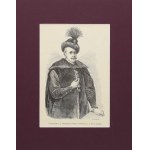
![Jan MATEJKO (1838-1893), Portret Anieli z Potockich Zamoyskiej [1850-1917], 1876](https://img1.one.bid/img/6541/1827859_1w.jpg)
